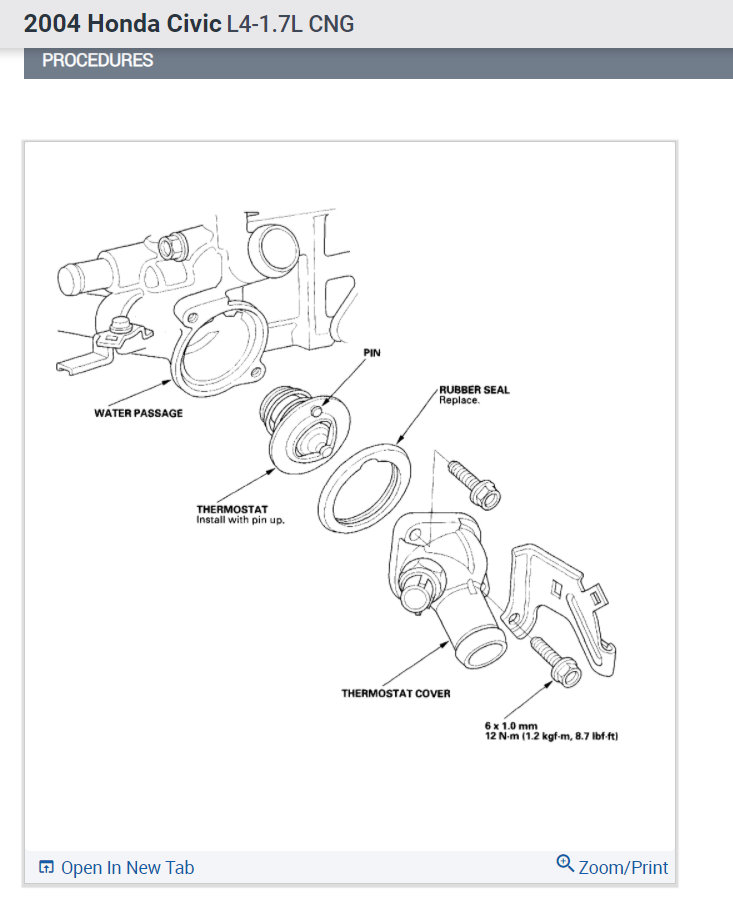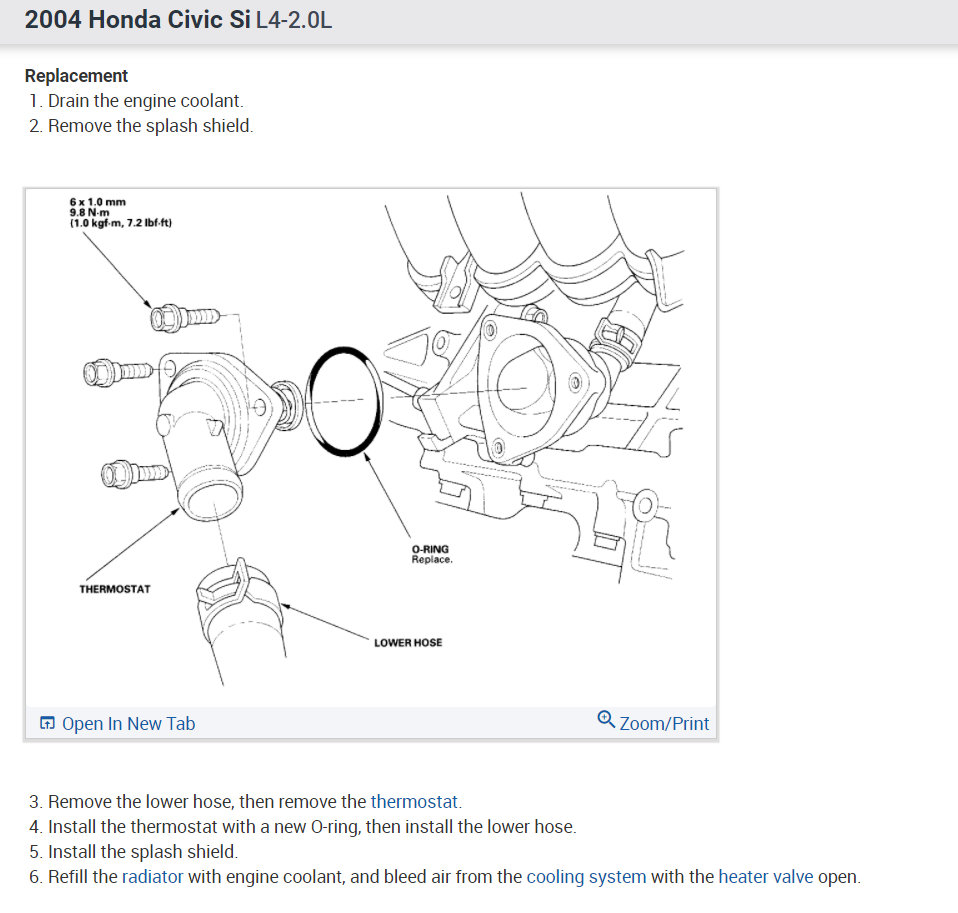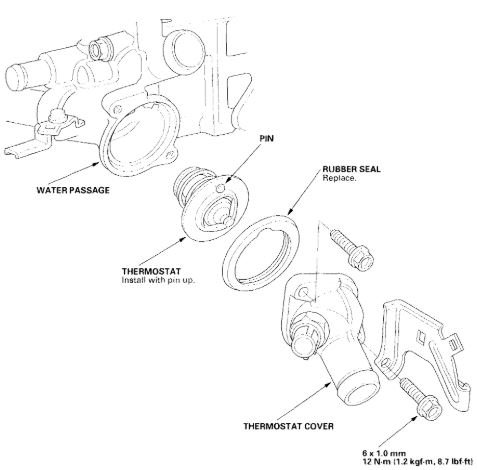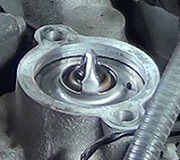Most of the time they just have inexpensive code readers. That's why they can afford to read codes for you for free. Repair shops spend $3000.00 to $6000.00 for a scanner than can access all the car's computers, then spend another 1000.00 or more per year to update it to keep it current, and they may need four or five different scanners to work on all the car brands they service. Small independent shops can easily spend $20 - 50,000.00 per year on diagnostic equipment. That's a big part of why they have to charge for hooking it up to your car.
Definitely ask at the auto parts stores first but I suspect you're going to find just an inexpensive code reader. It would be nice if they have full-fledged scanners but then you have to hope someone there knows how to run it and has the time to spend trying to retrieve data and interpret it. Even if they can get at the data, expect to get an incorrect diagnosis. Auto parts stores are in business to sell parts. They aren't going to try to sell you some part if they know it won't fix the problem, because that won't make for repeat business in the future, but what they see and hear all day is someone, (usually an independent shop), needs a certain part to fix someone's car. They don't hear about the 50 percent of the other cars that have a problem not related to a defective part.
Diagnostic fault codes in particular cause do-it-yourselfers a lot of trouble. Way too many people think fault codes tell which sensor to replace. In fact, fault codes never say to replace parts. They only indicate the circuit or system that needs further diagnosis. Sensors only correct the issue about 50 percent of the time.
Many auto parts stores have tools you can rent or borrow. I don't know if they would have a scanner but it's worth asking. There's a lot of different ones on the market. The most highly-pushed unit is the Snapon stuff but it's expensive. Genesis makes a real nice one that many shops buy. GM uses the Tech2 but it only works on a few car brands. If you can find someone with a Chrysler DRB3, with a small plug-in card it will access all emissions-related stuff on any brand of car sold in the U.S. after 1995. That's the one I use. Many shops have them for emissions and engine running problems, but for all the other computers, that scanner will only work on Chrysler products. The dealer's equipment always does everything with every computer on the car. Aftermarket scanners work on many more car brands but they never do as much as the dealer's equipment. It's not that they can't; it's just that it takes those companies a few years to reverse-engineer stuff, then write the software for their equipment.
Regardless where and what you find for a scanner, the first thing you need to do is see what the Engine Computer is seeing for coolant temperature when the gauge reads too high. If the temperature is normal, (220 degrees or below), the gauge is reading incorrectly, and based on the fact it's not pegged at full-scale, it's not likely to be a wiring problem. It's going to be a sensor. You have to be aware there should be two coolant temperature sensors. A single-wire sensor feeds the dash gauge, and a two-wire sensor is for the Engine Computer.
A quick test on most cars to see if the radiator fan is working is to unplug the two-wire coolant temperature sensor while the engine is running. That should cause the computer to "panic" and turn the fan on just in case the engine is overheating and it doesn't know it. It will set a fault code and turn on the Check Engine light, but that will go off later.
You can also get an idea if the engine really is running hot by feeling the air from the heater duct when the gauge is reading too hot. If it feels normal, (uncomfortably hot), suspect a gauge problem. If it feels rather cool(see note below), suspect a circulation problem. The really hot coolant isn't circulating to the radiator and heater core. That could be due to a thermostat not opening fully. I don't mean to sound the alarm bells, but in that case you might have a test done for combustion gases in the cooling system. Their presence is a sign of a leaking head gasket. If air gets into the cooling system it can prevent the thermostat from opening. They open in response to hot liquid, not hot air.
Note: Feeling the air temperature is somewhat subjective. What feels hot in summer in Florida can really be too cool. Up here is Wisconsin, I have a minivan that feels nice and hot in the summer but when you blow cold winter air through the heater it comes out cold. A better way to get an idea of coolant temperature is to hold onto a small heater hose when the engine is warmed up. At normal temperature it should be uncomfortable to hold onto for very long, but you should be able to. If you can't hold onto it for a good ten seconds, it's too hot.
If the air from the heater is really hot and burns your hand, suspect the gauge is right and the fan should be running. If the scanner shows a normal temperature, the fan won't be turned on although it should be. That is not a real common problem but it is possible to have a defective two-wire coolant temperature sensor. That's somewhat common on older Ford products but they usually caused the temperature to read too high intermittently, and the fan would turn on when it wasn't needed.
Two-wire sensors are monitored by the computer for problems. First of all, its voltage must always stay between 0.5 and 4.5 volts. It can report a wrong value but as long as it's between those voltages, no fault code will be set. Second, the computer constantly performs tests to reconcile its operation to other factors. Most obviously, if the engine has been off for at least six hours, it knows it had better be reading the same temperature as the intake air temperature sensor. When it does not, it has ways of figuring out if there's a problem with a sensor circuit or if it just needs to adjust how it interprets its readings.
If you have to pay to rent a scanner or pay to have a mechanic hook his up, here's something you might consider. Go to this page:
http://randysrepairshop.net/additional-resources.html
then look at the third one down. I've seen this advertised on tv numerous times. I don't like that their main focus is on proving mechanics are all dishonest, but the tool has some real interesting features. It's way more than a code reader. It doesn't do everything a scanner will do but mostly that means things do-it-yourselfers would never use anyhow. A big part of a scanner's capability comes from having lots of data stored right on it. That's the biggest chunk of what you pay for when you buy one. Here, that data is stored on their web site along with a whole lot of stuff no scanner will give you, hence the big advantage. They have service bulletins, recalls, troubleshooting charts, and lots of other information listed.
Service manuals give you information and test procedures. Scanners give you data. Neither of them tell you what to do with that information, and neither of them tell you when there's a related service bulletin. I did a check on my rusty trusty '88 Grand Caravan daily driver and found there was one recall, (which I knew about), and 77 service bulletins. Service bulletins involve hard-to-diagnose problems not related to safety or emissions. They defy normal diagnostic procedures and can be nearly impossible to find, but once someone has come up with a solution, and it is known to have occurred in a number of similar vehicles, the bulletin is issued to make it easier for the next person. Rattles and vibrations are good examples. Independent mechanics have to pay for service information that includes these bulletins.
If you plan on doing your own diagnostics in the future, this might be a good investment. I'd like to know your opinion if you buy one so I know if it's worth promoting.
Friday, December 25th, 2020 AT 9:23 AM
(Merged)






